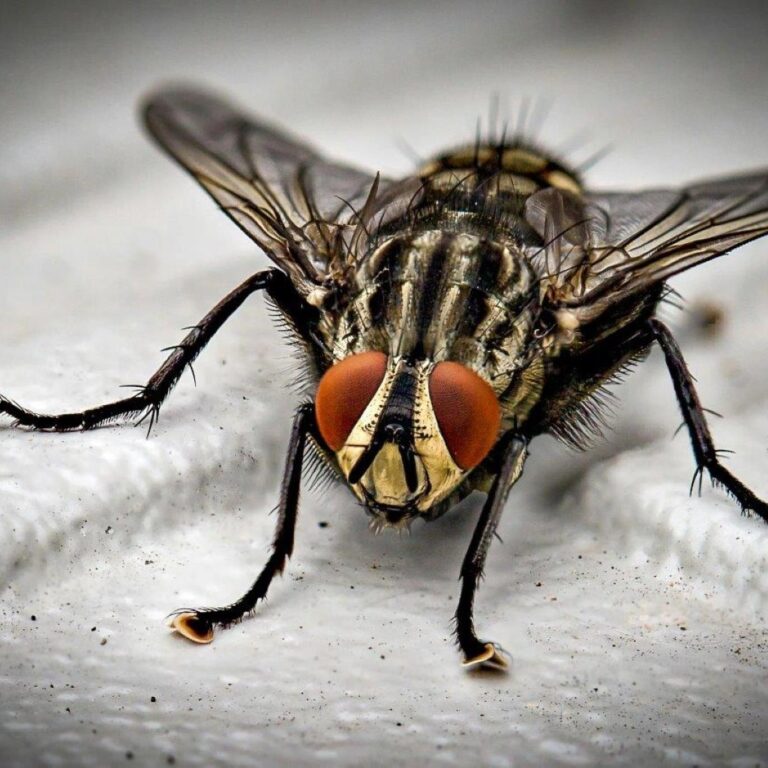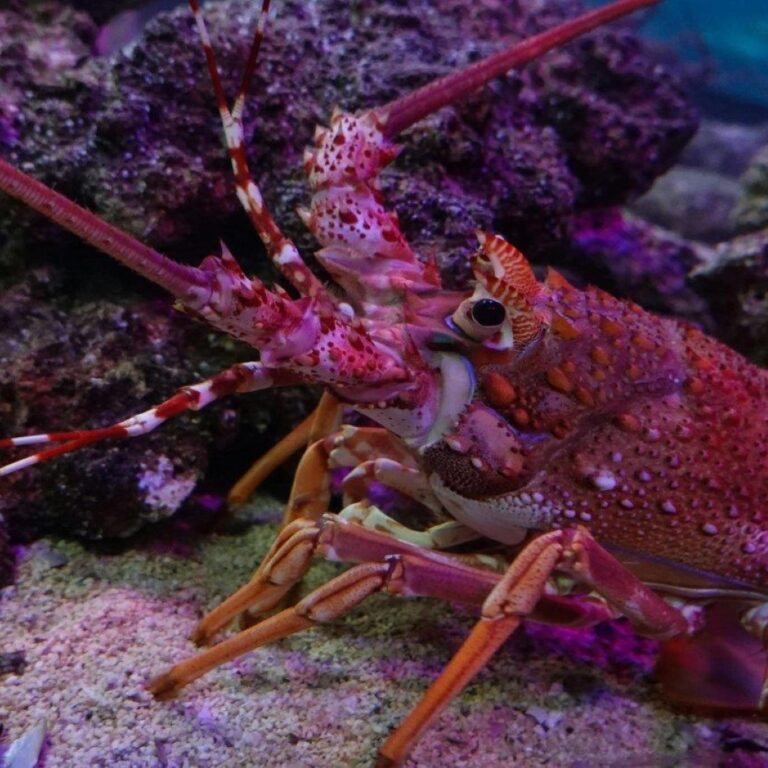1. There are over 120,000 species of flies, and they are found on every continent except Antarctica. The most common species include the house fly, fruit fly, and horse fly.
2. Flies have an incredibly short life cycle, with some species completing their entire life cycle in just a few days. This rapid reproduction allows them to quickly adapt to changing environments.
3. Flies have compound eyes, which are made up of thousands of individual lenses. This gives them a wide field of vision and allows them to detect movement with remarkable speed and precision.
4. A fly's sense of taste is located on its feet. When a fly lands on food, it uses its taste receptors to determine whether the substance is edible before extending its proboscis to feed.
5. House flies can carry more than 100 different pathogens, including bacteria, viruses, and parasites. They can spread diseases like cholera, dysentery, and typhoid fever by contaminating food and surfaces.
6. Flies are among the fastest flying insects, with some species capable of reaching speeds of up to 15 miles per hour. Their rapid flight is aided by their powerful wings and lightweight bodies.
7. Flies are important pollinators, especially for plants that are less attractive to bees and butterflies. Some flies, like the hoverfly, are particularly efficient at pollinating flowers.
8. The fruit fly, *Drosophila melanogaster*, is a model organism in genetics research. It has been extensively studied to understand inheritance, development, and disease, contributing to several Nobel Prize-winning discoveries.
9. Flies have a highly developed sense of smell, which they use to locate food, find mates, and avoid predators. Their antennae contain specialized olfactory receptors that detect chemical cues in the environment.
10. Some species of flies, like the tsetse fly, are vectors for diseases. The tsetse fly transmits the parasite that causes African sleeping sickness, a serious disease that affects both humans and animals.
11. Flies have a unique method of eating. They regurgitate digestive enzymes onto their food, which liquefies it, and then they suck up the liquid with their proboscis.
12. Despite their small size, flies have incredibly fast reaction times. They can detect and respond to threats in just a fraction of a second, making them difficult to catch.
13. The larvae of flies, commonly known as maggots, play an important role in decomposition. They feed on dead and decaying organic matter, breaking it down and returning nutrients to the soil.
14. Flies communicate with each other using chemical signals called pheromones. These signals can convey information about food sources, mating opportunities, and danger.
15. Conservation efforts for flies are often overlooked, but they are essential for maintaining healthy ecosystems. Protecting their habitats and reducing pesticide use can help preserve the diversity of fly species.



